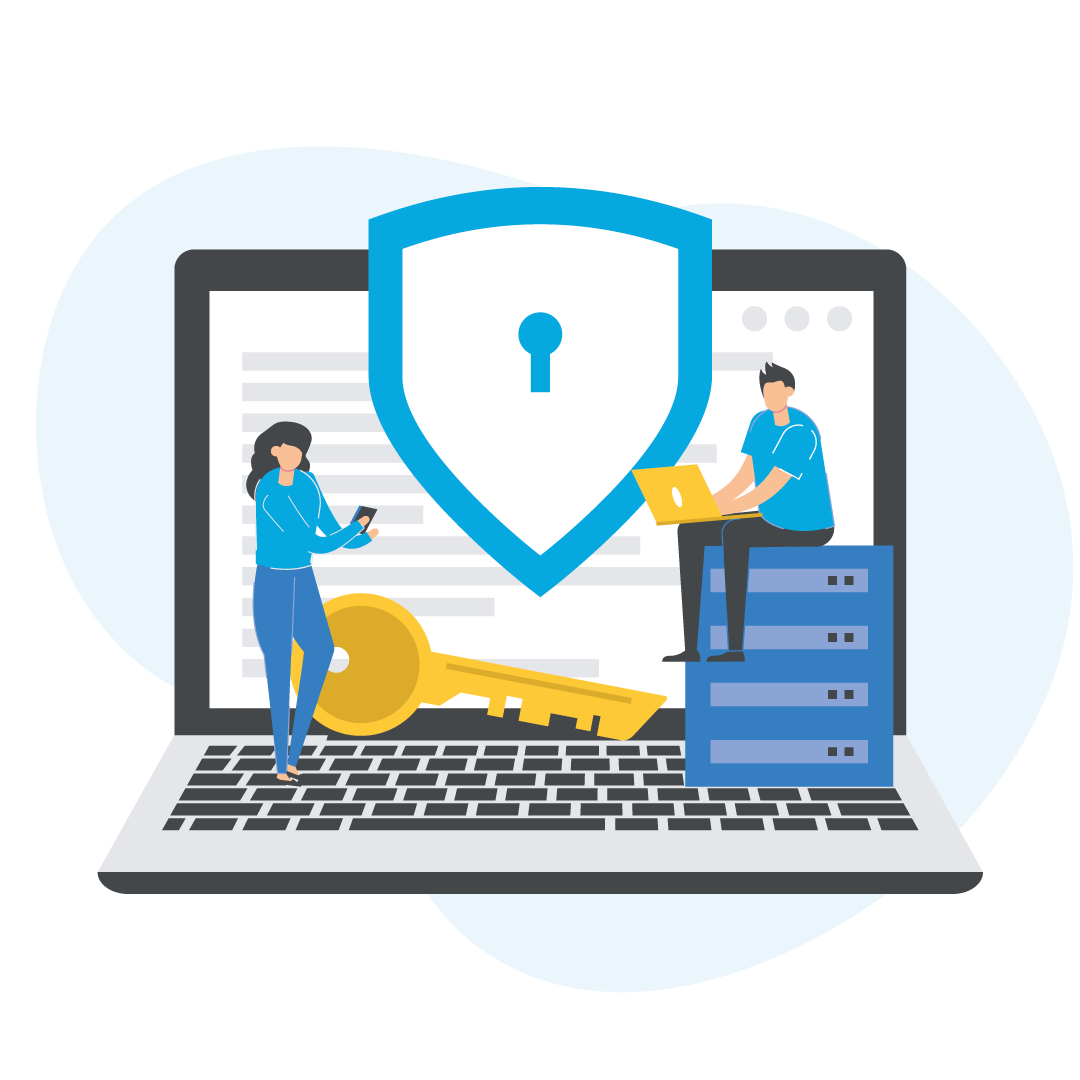Cyber Security Software is the creation of software using strong built-in security features to protect against these threats. As this is a comprehensive approach to application security, it requires building security into every stage of the software development lifecycle (SDLC) — from design to coding, testing and deployment. The goal is to reduce vulnerabilities that a malicious hacker could exploit, so the software is robust, resilient, reliable and safe for the users.
Implementing secure coding practices, security testing, encryption, access control and regular updates are some ways developers can lower the chances of cyberattacks. In summary, cyber-secure software prevents data breaches, upholds integrity, prepares for regulations, and consequently becomes an integral part of contemporary software engineering.
Real-Time monitoring and update is an essential part of good cyber security software which adapts to new threats. Machine learning and artificial intelligence are employed by more sophisticated systems to spot unusual activity that could signal a breach, allowing for proactive threat detection and mitigation. How can cyber security software contribute to cyber awareness? Cyber security software continuously monitors networks for potentially dangerous behavior; it regularly scans devices for vulnerabilities in operating systems and software; it issues alerts when a risk is detected to keep organizations on their toes and leave cybercriminals little time to exploit vulnerabilities in their systems.



